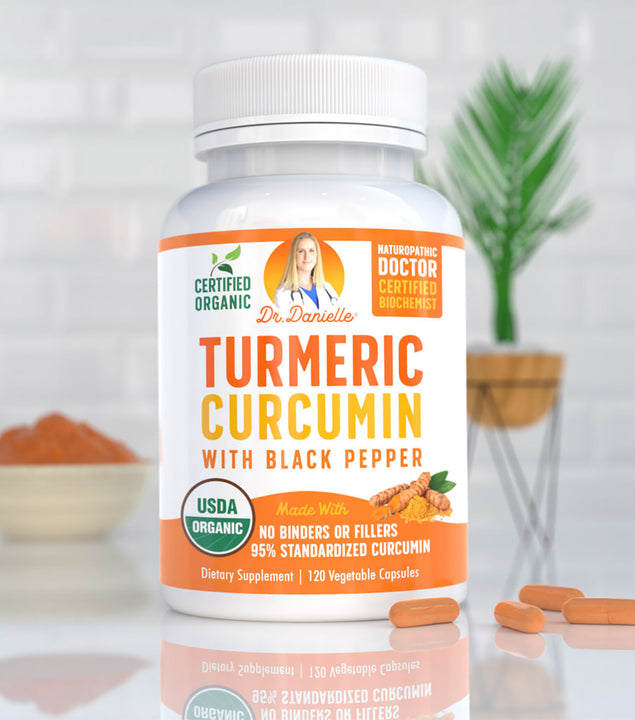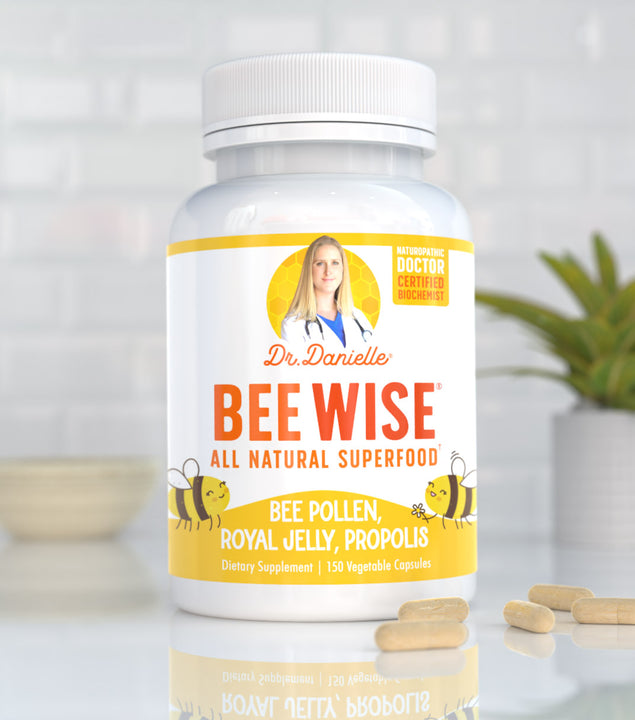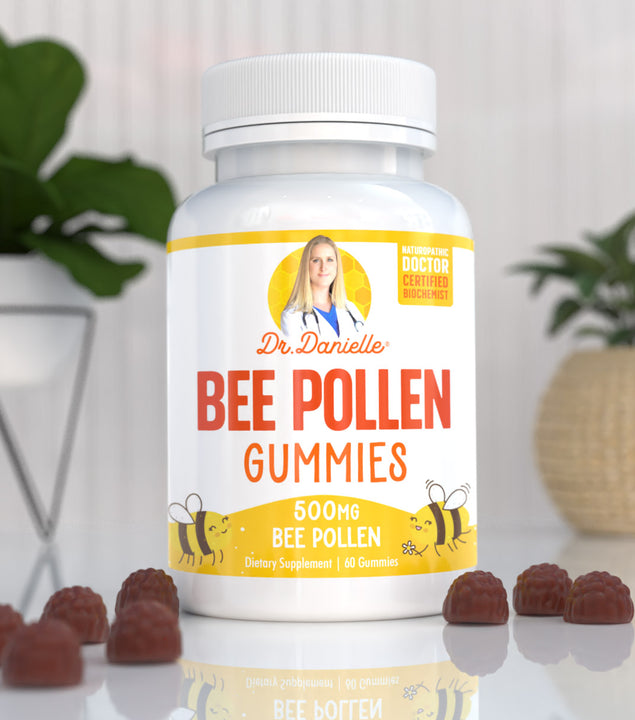What Is an Elimination Diet?
An elimination diet is the process of removing foods which could possibly be leading to adverse symptoms, that are otherwise undiagnosed or explained. Often times, these symptoms are referred to as a “food intolerance”. People often associate food allergies with anaphylactic type responses—think extreme allergic reactions like your throat swelling shut.
However, it is possible to have low lying inflammatory reactions, and to slowly display symptoms caused by food intolerances. These reactions can be triggered by various mechanisms in the body and do not always involve “unhealthy” foods. For example, eating something as simple as a radish from the garden could cause a low level adverse reaction. Clinical experience shows that elimination diets are great for identifying food culprits and are safe, as long as a variety of foods and essential nutrients are still consumed.
Food Intolerance Symptoms
We’ve established that not all food allergies cause an immediate life-threatening reaction (e.g. your throat swelling shut from a peanut allergy). So what does a food intolerance look like? Do you suffer from headaches, hives, itching, fatigue, aches, pains, stomach or bowel irritation? Food intolerance symptoms could include any of those things, and they vastly vary.
Each individual has a tolerance threshold as to when symptoms may occur. Simply eating one radish might not cause any noticeable symptoms, but ten radishes might cause hives, or bowel irritation. Severity and symptoms are unique to each individual. They can vary based upon an individual’s sensitivity level, how often a food is eaten, how much is consumed, or when different foods containing the same offending compound are eaten together.
Who Should Try an Elimination Diet?
Each individual is different and therefore a unique diet plan should be specially tailored to their needs. Eliminating the offending food (or foods) is the most reliable way to determine which foods could be attributing to symptoms. Working with a health care provider to focus on dietary choices, food cravings, and symptoms is highly recommended.
Are You Ready?
Anyone who is considering an elimination diet should be truly committed. The process takes around a month or longer and when a food is eliminated, it must be truly eliminated, without exceptions (no cheating, not even once!). Extreme care needs to be taken when eating out and reading food labels is essential. A number of ingredients are “disguised” on food labels so be prepared to look up any ingredients you don’t recognize. An example is eggs. They could be listed as “albumin”, “flavoprotein”, “ovomucin”, “hollandaise sauce” and more. If a mistake is made, be prepared to start your program all over from the beginning.
Elimination Diet & Food Allergies
For two weeks, possible food allergens should be avoided at all costs. Around day 15 or later of the diet, foods that were eliminated will slowly be reintroduced. If symptoms have not improved after two weeks, continue for four weeks before beginning the reintroduction phase. If after one month, symptoms have not improved, consult with your health care provider to explore a different combination of foods or explore other potential underlying causes. The reintroduction process is just as important as the elimination portion and should be followed strictly and with care.
Here is a list of foods to include (and avoid) at a glance. Your health care professional may vary these based upon your individual needs and current diet.
|
Foods to Include |
Foods to Exclude |
|
|
Fruits |
Unsweetened fresh, frozen, water packed, or canned fruits; fruit juices |
Oranges, orange juice |
|
Vegetables |
All fresh, sautéed, juiced, raw, or roasted vegetables |
Creamed vegetables, corn |
|
Legumes (Vegetable Protein) |
All beans, lentils (unless otherwise indicated), peas |
Soybeans, tempeh, soy milk, tofu, other soy products |
|
Starch |
Oats, millet, rice, quinoa, teff, tapioca, amaranth, buckwheat |
Wheat, corn, spelt, rye, barley; all gluten containing products |
|
Bread/Cereal |
Products made from oat, millet, rice, quinoa, teff, tapioca, amaranth, buckwheat, potato flour, arrowroot |
Products made from wheat, corn, spelt, rye, barely, kamut; all gluten containing products. |
|
Nuts and Seeds |
Cashews, almonds, walnuts, sesame (tahini), sunflower, pumpkin seeds; butters made from these nuts and seeds |
Peanuts, peanut butter |
|
Meat and Fish (Animal Protein) |
All canned (water packed), fresh, or frozen fish, wild game, lamb, turkey, chicken |
Pork, beef, cold cuts, sausage, canned meats, frankfurters, eggs, shellfish |
|
Dairy Products and Milk Substitutes |
Milk substitutes such as rice milk, almond milk, coconut milk, oat milk, and other nut milks |
Milk, cheese, cottage cheese, yogurt, butter, cream, ice cream, frozen yogurt, non-diary creamers |
|
Fats |
Cold expeller pressed olive, flax, safflower, sunflower, canola, walnut, sesame, pumpkin, or almond oils |
Butter, shortening, margarine, processed and hydrogenated oils, mayonnaise, spreads |
|
Beverages |
Water (filtered or distilled), seltzer water, mineral water, herbal teas |
Alcoholic beverages, coffee, tea, soda pop or soft drinks, other caffeinated beverages |
|
Sweeteners |
Stevia, fruit sweetener, brown rice syrup, blackstrap molasses |
Corn syrup, white or brown refined sugar, high fructose corn syrup, honey, maple syrup, candy, desserts made with these sweeteners |
|
Spices and Condiments |
All spices unless otherwise indicated. For example pepper, dill, garlic, parsley, oregano, rosemary, thyme, turmeric, vinegar |
Chocolate, soy sauce, barbecue sauce, ketchup, mustard, chutney, relish, or other condiments |

Reintroduction of Foods
You should be symptom free for at least 5 days before beginning the reintroduction phase. It is vital to look for any reactions that may appear during the reintroduction phase. These reactions could be important indications of food allergies or intolerances. Your health care provider can help you with the reintroduction process but here is a suggested reintroduction protocol. It is important to choose ONE food to reintroduce at a time.
- While continuing to eat the foods already on your elimination diet, ingest the food you are reintroducing at least two times in the same day. DO NOT introduce any new foods into your diet over the course of the next two days. Monitor and record/write down any reactions or symptoms you experience over the course of the next two days. Make sure to take note of symptoms such as digestion, bowel function, skin changes, nasal or chest congestion, headaches, energy levels, and joint/muscle pain. If you are unsure if a reaction has occurred, retest the same food in the same manner.
- Food challenges should be as methodical as possible. As soon as a symptom occurs, that food should be removed from your diet and no new testing should occur until symptom free for at least 5 days.
- Continue to add new foods back into your diet every 3 days, as long as symptom free. It is important to note some foods may be tolerated in smaller but not larger amounts. Keeping a careful food diary can be very helpful in identifying these food triggers.
- Work to be as pure as possible. For example, do not reintroduce all dairy at once; test milk and cheese on separate occasions.
- It is possible to have more than one “offending” food.
- It is possible to have foods to which you are reactive on an infrequent or rotational basis.
Creating a New, Long Term Diet
Always make sure to get adequate nutrition, during and after an elimination diet. Based upon your results your physician can help you plan a diet and lifestyle to prevent symptoms from reoccurring in the future. Keep in mind this is not a perfect test and factors such as stress and other influences can play a role in your overall health and wellbeing.










1 comment
On the legumes intolerance, also note, vegetable oils often have soy in them. My husband has a soy intolerance, very tough to avoid in processed foods. Impossible to eat at restraunts, without major issues.